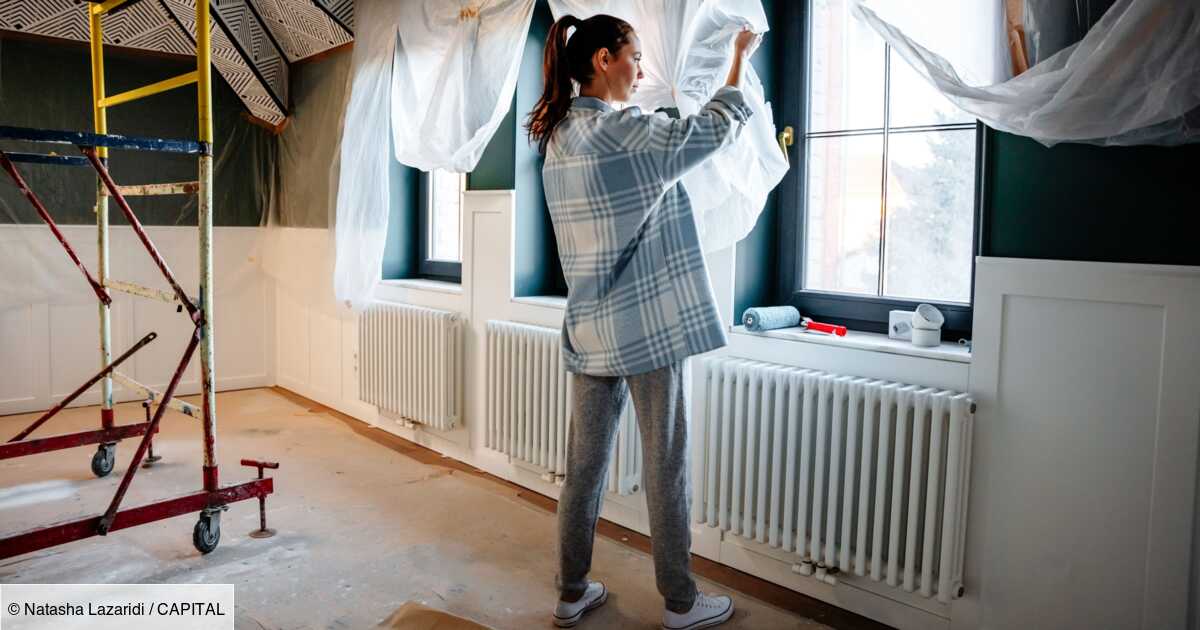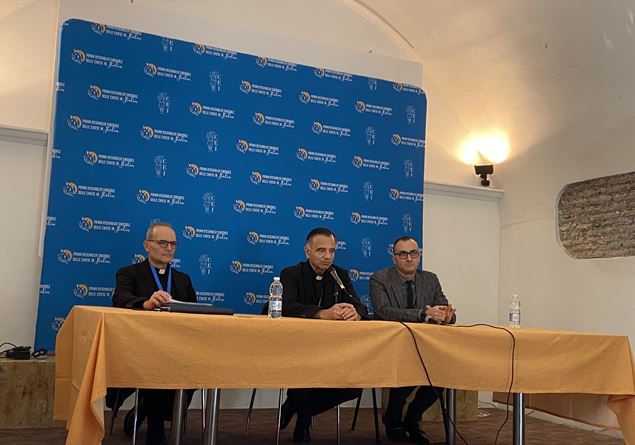
The famous painter Salvador Dalí and former President Jacques Chirac were fans of the “flash” nap.
Compulsory in nursery school, naps then disappear from our lives. “In France, napping for adults is quite frowned upon. It is labeled as useless, time-consuming, unworthy, especially in the world of work. We are far from the Italians, 50% of whom are fans of naps, or the Japanese for whom it is obligatory in many companies.observes Caroline Rome, sophrologist specializing in sleep. However, according to our internal rhythms and hormonal secretion, we are genetically programmed to take a nap which is a real “somnicament“.” The need to sleep is generally felt at the beginning of the afternoon, even more so if you have eaten copiously. “A door to sleep opens and our vigilance is at a minimum: using this door allows us to gain energy, on the other hand, not taking it is a real heresy” continues our interlocutor.
Depending on their duration, naps have different effects on the body. For example, naps of more than 20 minutes help recover from lack of sleep. But we don’t always have the time or the possibility to take such a long nap. “This is where the so-called “flash” nap is interesting, which lasts 1 to 5 minutes and is even shorter than the micro-nap (which can last up to 10 minutes).“, she explains. During this nap, we don’t really sleep so we don’t really eliminate fatigue. but it is interesting because it will allow us to satisfy our sleepiness, not to fight against our desire to sleep and close the sleep door. The neurons will be refreshed.
By reactivating the neurocognitive system, flash naps make us more focused, more present and more productive for the rest of the day. A NASA study even showed that you could gain up to 34% of your daily productivity, or around 2 hours for a person who works 7 hours a day (35 hours a week). For the record, the famous painter Salvador Dalí and ex-President Jacques Chirac were very fond of flash naps. The flash nap is easy to do, anywhere and anytime: on public transport, on a plane, in a waiting room, at a show. All you need is… a set of keys!
- Sit with your lower back firmly against the bottom of a seat, your eyes closed.
- Drop one arm down, with the hand pointing toward the floor and the set of keys held between your thumb and index finger. Feel your points of support, the weight of your body.
- Breathe, lengthening the exhale to let yourself weigh down. Your head is balanced on the neck and back of your neck, jaws relaxed, shoulders relaxed.
- Pay attention to the contact of the fingers with the set of keys, become aware of the weight of the keys and let them weigh down.
- Pay attention to your breathing, the path of the air and the associated body movements, the abdomen rising on the inhale and lowering slowly and deeply on the exhale. Let yourself be rocked at your own pace. You can use the image of a repetitive movement in nature, like a wave washing up on a beach, to help you.
- When the keys fall, it is the time to return to a satisfactory body and mental state, situate yourself by remembering the place of presence, clench your fists in a tonic way three times, stretch widely with your fingertips until at the tips of the toes, blow tonicly two to three times. Open your eyes and look around you to reconnect with your environment.
It is best to practice at home with a set of keys. When you feel comfortable, this one will no longer be useful. Your head will then serve as your guarantor: with muscle relaxation, your head will tilt forward and wake you up. “And if you practice this flash nap in transport, you are less likely to lose your keys, just a little in your head“, jokes our expert.









